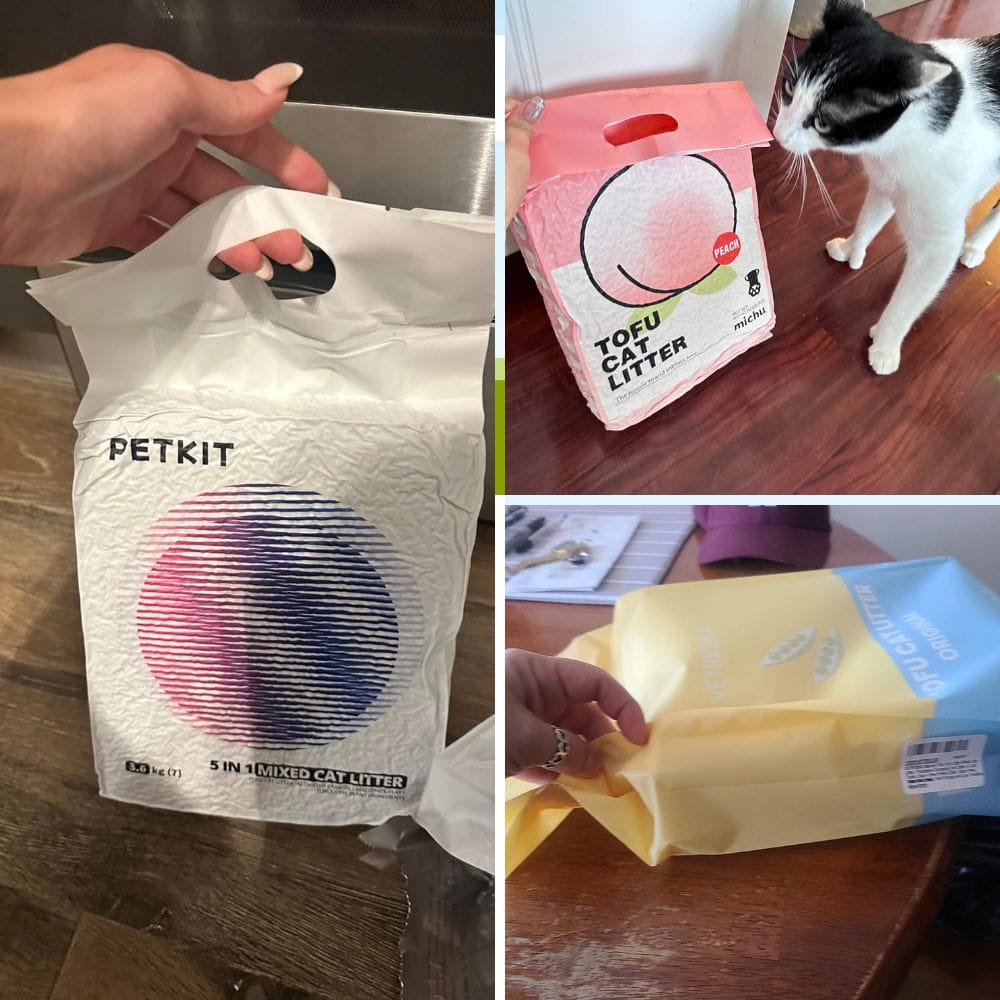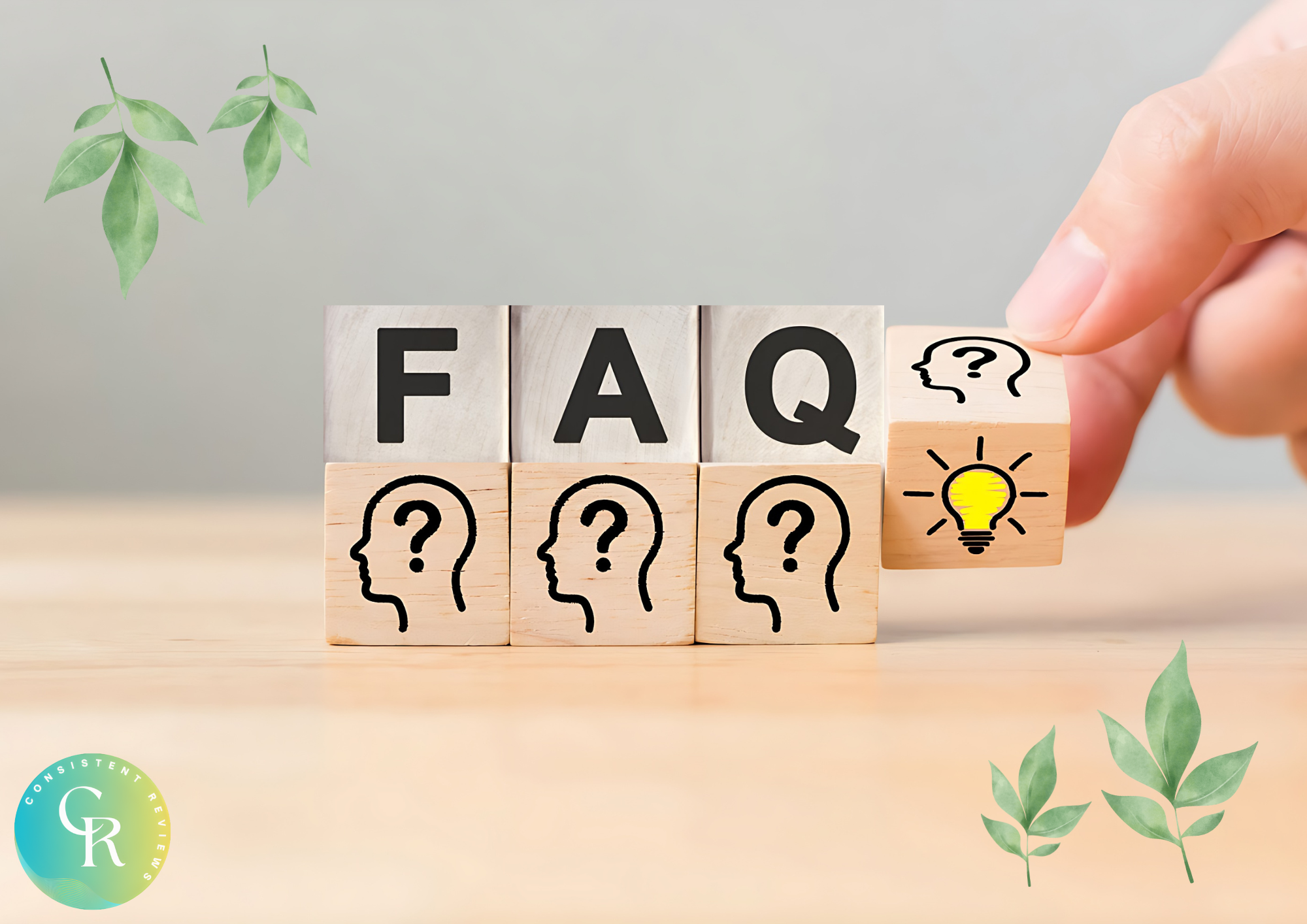Key Takeaways:
- Tofu cat litter is eco-friendly and biodegradable, making it a sustainable choice for environmentally conscious pet owners.
- Clay cat litter is highly absorbent and widely available, but it poses environmental concerns due to its non-biodegradable nature.
- Both types of litter have unique benefits and drawbacks, making the choice dependent on individual preferences and priorities.
Introduction to Cat Litter Choices

Choosing the right cat litter can feel like finding a needle in a haystack. With so many options on the market, it’s easy to get overwhelmed. Two popular contenders in the litter box arena are tofu and clay cat litter. Each has its own set of advantages and disadvantages, which can make the decision a bit tricky.
Tofu cat litter made from soybean byproducts is gaining traction for its eco-friendly properties. On the other hand, clay cat litter, a long-time favorite, is known for its absorbency and clumping capabilities. Let’s dive into the nitty-gritty of these two options to help you make an informed choice.
Environmental Impact
Tofu cat litter shines in the sustainability department. It’s biodegradable, meaning it breaks down naturally without leaving a trace. This is a significant plus for those looking to reduce their carbon footprint. Additionally, tofu litter is often made from recycled materials, further enhancing its green credentials.
Clay litter, however, tells a different story. The extraction process for clay is resource-intensive and environmentally taxing. Once used, clay litter ends up in landfills, where it doesn’t decompose. For eco-conscious cat owners, this is a major drawback.
Absorbency and Odor Control
When it comes to absorbency, clay litter often takes the cake. Its ability to clump tightly makes it a favorite for those who prioritize easy cleanup. The clumping action also helps in controlling odors, as it traps moisture and smells effectively.
Tofu litter, while absorbent, doesn’t clump as tightly as clay. However, it compensates with its natural odor-neutralizing properties. Made from soy, it can absorb moisture and odors without the need for artificial fragrances, making it a great choice for sensitive noses.
Dust Levels
Dust can be a deal-breaker for many cat owners, especially those with allergies. Clay litter is notorious for producing dust clouds during pouring and scooping. This can be irritating for both cats and humans, leading to respiratory issues over time.
Tofu litter, in contrast, is virtually dust-free. Its composition reduces airborne particles, making it a healthier option for households concerned about air quality. This feature is particularly beneficial for cats with respiratory sensitivities.
Cost Considerations
Budget is often a significant factor in choosing cat litter. Clay litter is generally more affordable and widely available, making it a go-to for many pet owners. Its lower price point can be appealing, especially for multi-cat households.
Tofu litter tends to be pricier, reflecting its eco-friendly production and benefits. However, its longer-lasting nature can offset the initial cost. Since tofu litter is more absorbent, you might find yourself using less over time, balancing the scales in terms of expense.
Availability and Accessibility

Clay litter is a staple in most pet stores, making it easily accessible for cat owners everywhere. Its widespread availability means you can find it in various brands and formulations, catering to different needs and preferences.
Tofu litter, while growing in popularity, might not be as readily available in all regions. It’s often found in specialty pet stores or online, which can be a hurdle for those who prefer in-store shopping. However, its increasing demand is leading to broader distribution.
Clumping Ability
The clumping ability of litter is crucial for easy cleaning. Clay litter is renowned for its superior clumping properties, forming solid masses that are easy to scoop out. This feature is a major selling point for those who prioritize convenience.
Tofu litter, while absorbent, doesn’t clump as firmly as clay. This can make scooping a bit more challenging, but it’s a trade-off for its other benefits. Some tofu litters are formulated to improve clumping, so it’s worth exploring different brands to find the right fit.
Scent and Fragrance
Scented litter can be a double-edged sword. While they mask odors, they can also be overpowering and irritating. Clay litters often come with added fragrances, which can be a turn-off for sensitive cats and owners.
Tofu litter typically relies on its natural odor-neutralizing properties, avoiding artificial scents. This makes it a great option for those who prefer a more natural approach to odor control. Its subtle scent is less likely to overwhelm, creating a more pleasant environment.
Biodegradability and Disposal
Disposal is a key consideration for eco-conscious cat owners. Tofu litter’s biodegradable nature means it can be composted or flushed in small amounts, reducing landfill waste. This is a significant advantage for those looking to minimize their environmental impact.
Clay litter, on the other hand, is non-biodegradable and contributes to landfill accumulation. Its disposal is less environmentally friendly, posing a challenge for those committed to sustainable living. This factor alone can sway the decision for many pet owners.
Health Implications for Cats

The health of your feline friend is paramount. Clay litter’s dust can pose respiratory risks, especially for cats with asthma or allergies. The dust particles can irritate the lungs, leading to long-term health issues.
Tofu litter’s dust-free nature makes it a safer choice for sensitive cats. Its natural composition reduces the risk of respiratory problems, providing peace of mind for concerned pet owners. This health benefit is a compelling reason to consider tofu over clay.
Ease of Transition
Switching litters can be a daunting task for both cats and owners. Cats are creatures of habit, and a sudden change can lead to litter box aversion. Clay litter’s familiarity can make the transition smoother, as many cats are accustomed to its texture and feel.
Tofu litter, while different, can be introduced gradually to ease the transition. Mixing it with the existing litter can help cats adjust to the new texture and scent. Patience and gradual change are key to a successful switch.
Impact on the Home Environment
The type of litter you choose can affect your home environment. Clay litter’s dust and tracking can lead to messes and require frequent cleaning. Its fine particles can spread throughout the house, creating additional chores.
Tofu litter’s low dust and minimal tracking make it a cleaner option for the home. Its larger granules are less likely to stick to paws, reducing the spread of litter outside the box. This can lead to a tidier living space and less time spent cleaning.
User Reviews and Feedback
User reviews can provide valuable insights into the performance of different litters. Many cat owners praise tofu litter for its eco-friendliness and low dust levels. Its natural composition and odor control are often highlighted as major benefits.
Clay litter, while popular, receives mixed reviews regarding dust and environmental impact. Its affordability and clumping ability are frequently praised, but the dust and disposal concerns are common drawbacks mentioned by users.
Case Studies: Real-Life Experiences
Real-life experiences can offer practical insights into the pros and cons of each litter type. One cat owner, Sarah, switched to tofu litter after her cat developed respiratory issues. She noticed a significant improvement in her cat’s health and appreciated the reduced dust in her home.
Another owner, Mike, prefers clay litter for its clumping ability and cost-effectiveness. With multiple cats, he finds the convenience and affordability of clay litter hard to beat, despite its environmental drawbacks. These case studies highlight the diverse factors influencing litter choice.
Conclusion: Making the Right Choice

Choosing between tofu and clay cat litter ultimately depends on your priorities and your cat’s needs. If sustainability and health are top concerns, tofu litter offers compelling advantages. Its eco-friendly nature and low dust levels make it a standout choice for environmentally conscious owners.
For those prioritizing cost and convenience, clay litter remains a strong contender. Its clumping ability and affordability are hard to ignore, especially for multi-cat households. Weighing the pros and cons of each option will help you make the best decision for your furry friend.


Can tofu cat litter be flushed down the toilet?
Yes, tofu cat litter is generally safe to flush in small amounts, as it is biodegradable. However, always check local regulations and the product instructions to ensure it’s suitable for your plumbing system.
Is clay litter harmful to cats?
While clay litter is not inherently harmful, its dust can cause respiratory issues in sensitive cats. Choosing a low-dust formula or switching to a dust-free option like tofu litter can help mitigate these risks.
How often should I change my cat’s litter?
It’s recommended to scoop the litter box daily and change the litter completely every 1-2 weeks, depending on the number of cats and the type of litter used. Regular cleaning helps maintain a hygienic environment for your cat.

In the battle of tofu versus clay cat litter, each has its own merits. Tofu litter is a sustainable, dust-free option that appeals to eco-conscious owners. Clay litter, with its superior clumping and affordability, remains a popular choice for many. Ultimately, the decision hinges on individual preferences and priorities, ensuring both you and your cat are satisfied.









